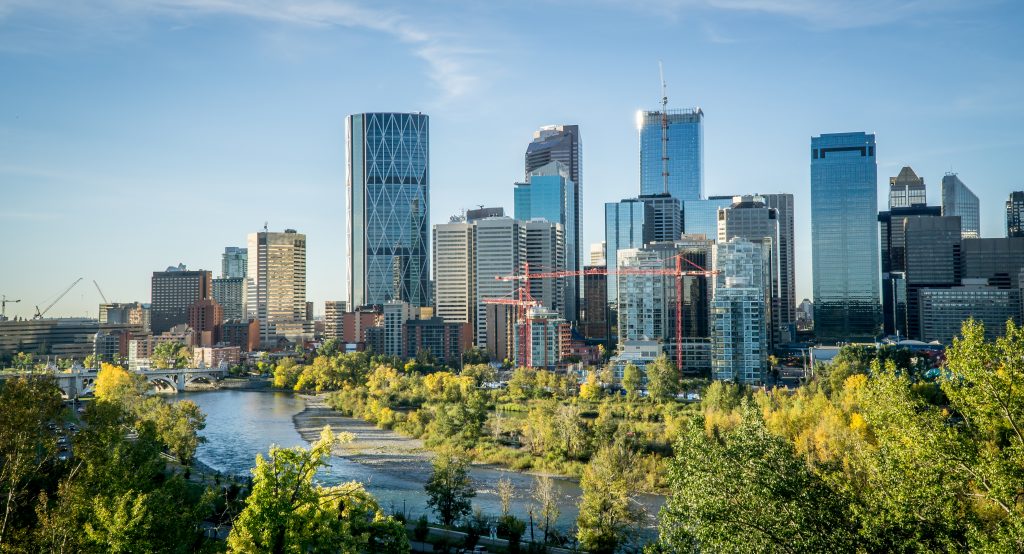Lockdown rules and the need for social distancing prompted many cities and governments to close parks, playgrounds, and public spaces to avoid contact. However, as the pandemic dragged on, we’ve seen a rise in anxiety and mental health issues.
People began experiencing cabin fever and crave the outside world. And so, as lockdowns started to ease in some places, people began visiting parks and nature trails to breathe fresh air and be with nature. Some go there for a run, to exercise, or do some stretching. Others just want to relax and enjoy being out after weeks of being stuck at home.
Urban dwellers have turned to whatever green and open spaces that are available in their neighborhoods. Alas, this also highlighted the lack of parks and open areas in many dense cities. Either there was none, or they’re tiny spaces that people would find it hard to observe distancing.
Health Benefits of Parks and Outdoors
That parks and nature have health benefits are no longer debatable. Physical fitness, spiritual wellness, and developing a healthy social connection are a few of the significant effects of the environment. But most importantly, being with nature is good for one’s mental health.
People’s affinity towards nature is embedded in our genes. For example, when we go on vacation, we prefer a room that has a nice view of the landscape, or we go to rural or mountainous areas to get away and recharge. Some like renting a cabin in the woods and going fishing.
Nature also awakens peace and innermost joy. Therefore, in the middle of the pandemic, the first thing people did was visit parks because they realized they needed to be with nature to relieve the anxiety they have been feeling in the last few months.
Cities Benefits, Too
The human benefits are only one side of it. Cities also get huge benefits from protecting and cultivating green spaces. While some governments may be more concerned about monetizing every inch of the city instead of spending big on commercial landscaping and maintenance, they fail to realize how nature could help them become resilient to future challenges.
For one, they can better prepare for climate change emergencies as nature help with managing stormwater, air quality, and heat stress. Cities with trees reduce heat and increase property values. It also plays a role in biodiversity conservation.
Another often-ignored benefit from trees and forests is they provide a vital supply of water and electricity sources to cities.
Recognizing these benefits, many cities around the world have started integrating the protection of forests and green spaces into their urban strategy.
What Cities Should Do
Given that not all cities have wide open spaces for parks of green outdoors, there are other ways to create patches of green in a dense urban setting. Infusing hard, cold infrastructure with green like planting trees and mini parks, improving urban planning to make way for outdoor spaces where people can relax, encouraging residential and commercial landscaping or even urban gardening are an excellent start to this initiative.
Most importantly, governments must build a culture that gives importance to saving the environment by enforcing laws and practices in favor or a healthy, natural ecosystem.
